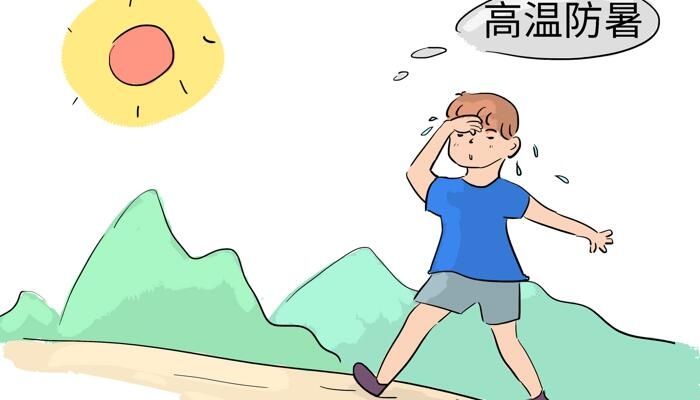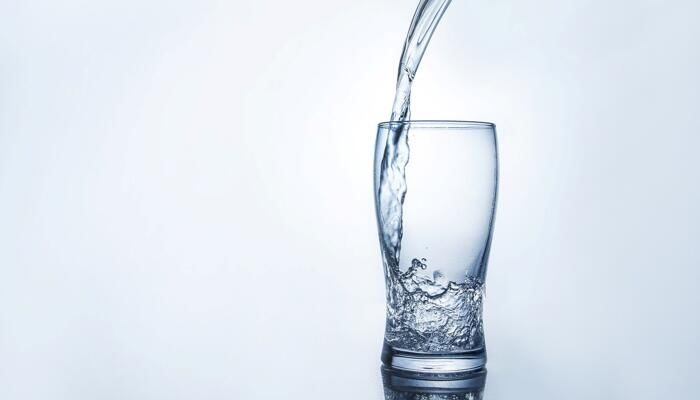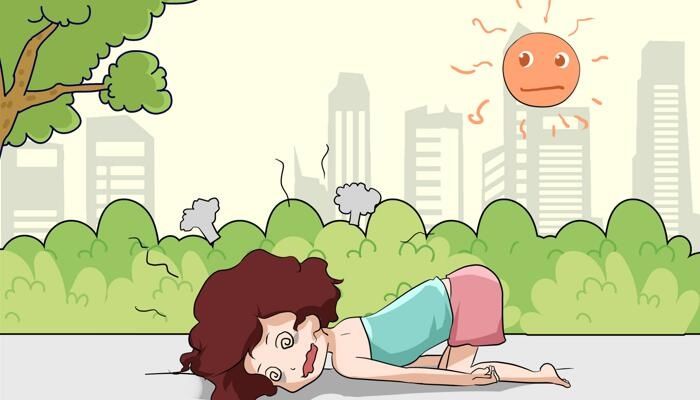[Source: Weather Network]
Weather Network News, recently, there have been frequent cases of heat stroke in many places in our country due to high temperature weather. Many people are panicked about this. One reason is that I don’t know what heat stroke is, how to prevent it, etc. Don’t underestimate this disease. According to doctors, heat stroke can cause multiple organ failure. Of course, its harm is not only that, then, what are the specific hazards of heat stroke? Let’s learn together.
Heat stroke can cause multiple organ failure

Heat stroke
1. Organ failure
Under normal circumstances, the basal body temperature is around 37°C, and the heat dissipation and heat production are in a relatively balanced state, maintaining the stability of body functions. Once the body temperature rises, the central system will immediately adjust, but when the limit is exceeded, it will cause organ intolerance and lead to organ failure.
For example, if the body temperature is greater than 37°C, as the body temperature gradually increases, the cardiac output gradually increases, and the oxygen consumption also increases. Once the body temperature reaches 42 °C, it will reduce cardiac output and oxygen consumption, and even lead to myocardial necrosis.
2. Life-threatening
Heat stroke can make the body temperature reach extremely high, far beyond the tolerance level of tissues, causing organ failure and ultimately life-threatening.
How to prevent heat stroke?

Heat Stroke Prevention
1. Drink plenty of water
You sweat a lot in summer, so you should always remind yourself to drink more water to ensure that the amount of water you drink a day should not be less than 2000 ml, especially for those who are active , Outdoor Workers. In addition to drinking boiled water, you should also drink salt water, mung bean soup or sports drinks appropriately to replenish the lost electrolytes. However, when drinking water, you should pay attention to small sips and drink slowly, and you should not drink too much for a short time, so as not to increase the burden on your heart.
2. Keep away from high temperature environment
Long-term outdoor workers should adjust their working hours appropriately, and prepare salt water and ice cubes in advance if necessary. Once you have headaches, dizziness, constant sweating and thirst, etc., you need to move to a cool and ventilated place as soon as possible, and apply ice to the neck, groin, hands and feet, and actively cool down.
What are the symptoms of heat stroke?

heat stroke
Heat stroke is divided into exertional heat stroke and non-exertional heat stroke.
Exertional heat stroke is more common in young people, with body temperature as high as 40°C or more, mainly manifested as general malaise, fever, headache, confusion, nausea and vomiting, and shortness of breath. Severe tachycardia, shock and so on.
Non-exertional heat stroke is more common in the elderly and pregnant women, and the rectal temperature can reach up to 46.5℃. Most patients present with anhidrosis, hot and dry skin, and redness, followed by delirium, coma and miosis, hypotension, shock, arrhythmia and heart failure, pulmonary edema, and cerebral edema.
Who is susceptible to heat stroke?
1. The elderly: The thermoregulatory center of the elderly has been weakened, and the physical condition also deteriorates with the increase of age, so it is easy to cause heat stroke.
2. Children: Because children’s body temperature regulation center is not perfect, their own control is poor, and their heat dissipation ability is also poor, so it is easy to cause heat stroke.
3. Pregnant women: Because of their strong metabolism, pregnant women will generate a lot of heat, and their ability to dissipate heat is poor, so they are prone to heat stroke.
4. People who work in high-intensity or high-temperature environments: such as firefighters, construction site workers, athletes, etc. Because these people exercise a lot every day, they will generate a lot of heat energy and easily lead to heat stroke.
How to do first aid for heat stroke?
When you encounter a person with heat stroke outdoors, you should immediately dial 120, then put the person in a supine position, untie their collar, and remove their coat. Use physical methods for rapid cooling, move the patient to a ventilated, cool, dry place and wait for the arrival of 120.
Related recommendations
Disclaimer: The copyright of this article belongs to the original author. If the source is wrong or violates your legal rights, you can Get in touch with us by email and we will deal with it in time. Email address: [email protected]